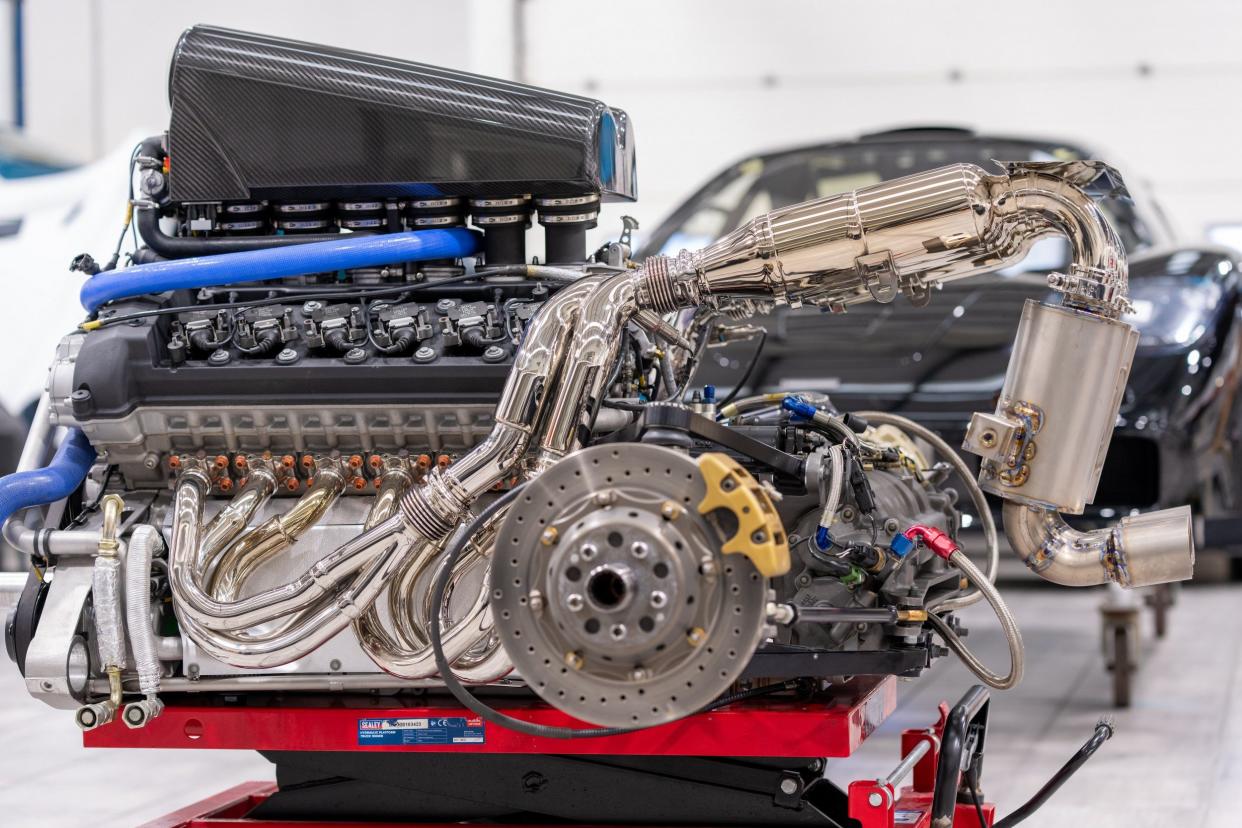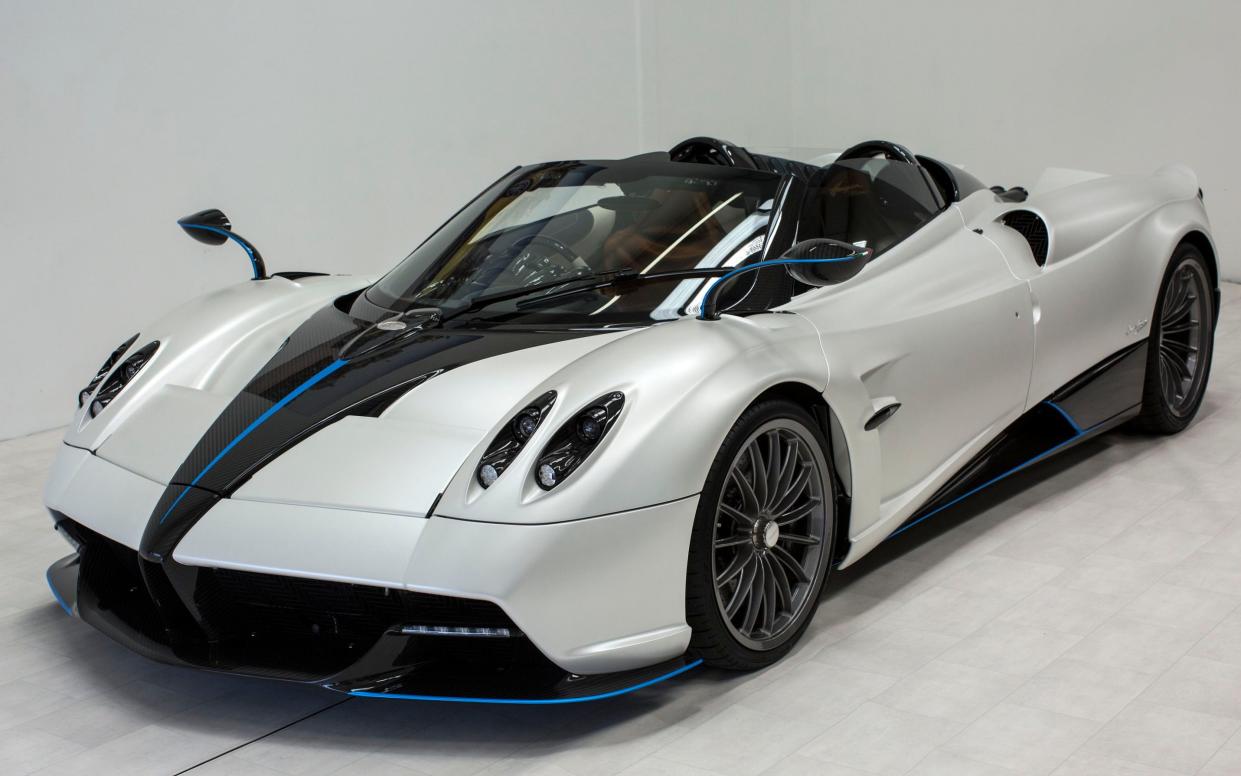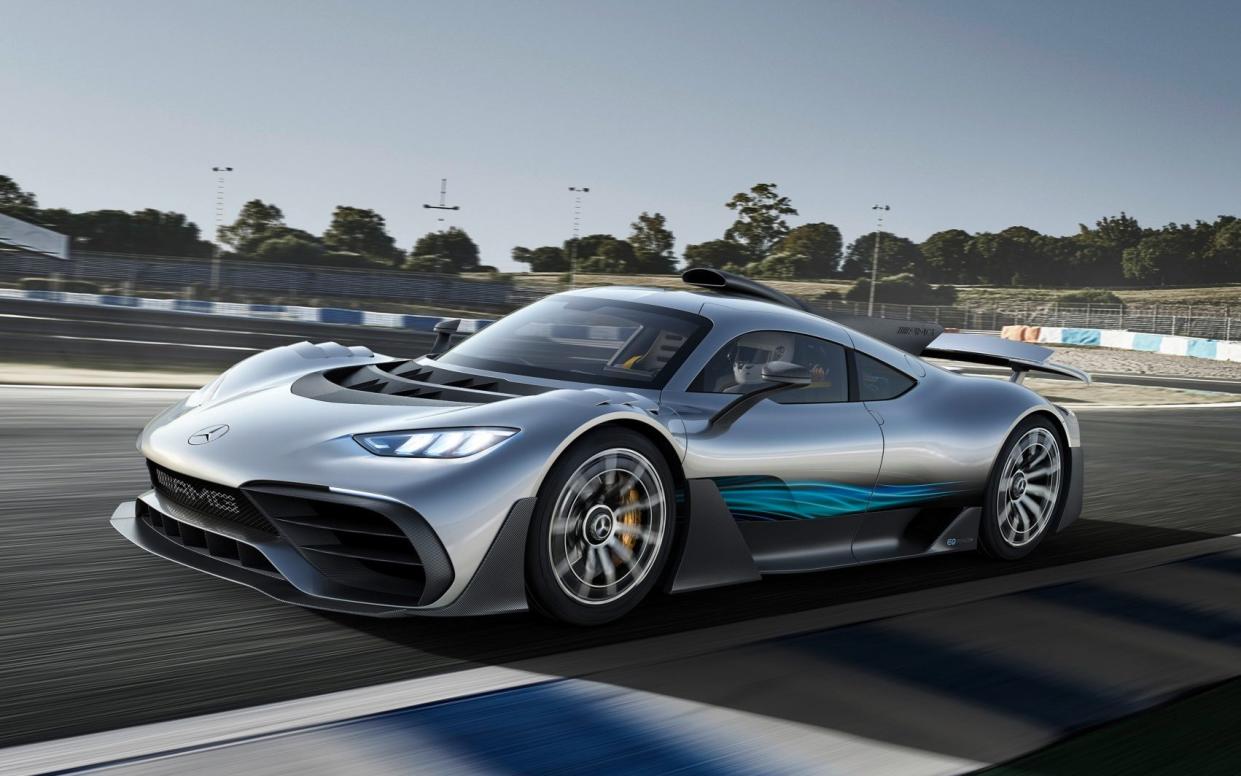The most expensive cars in the world to service

Car servicing is an irksome obligation. Expensive, inconvenient and baffling to many, car maintenance in general is an unwelcome chore that can put a real dent in a household’s finances, even if the car only requires a modest amount of work. Combine that with the impracticality of taking a car to a dealership during the week, followed by a mechanic informing you that your indicator fluid needs replacing, and it’s little wonder that around 25 per cent of drivers report delaying or even skipping maintenance work to save money.
But at the other end of the vehicular spectrum, where money isn’t a problem, car servicing takes on a very different form. Recent news stories of Aston Martin’s servicing package for its Valkyrie hypercar costing £355,000 over three years certainly raised more than a few eyebrows.

While your common-or-garden family Nissan Qashqai might be worth £10,000, a particularly desirable supercar might be worth a thousand times that – and unlike most normal cars, its value could be rising rather than falling as it ages. But that return on investment is to some extent contingent on keeping the car in good working order, which is where some of the most exclusive servicing networks in the world ply their trade.
One of these outfits is McLaren Special Operations. In addition to producing souped-up versions of the already-fairly-souped-up McLaren road and track cars, MSO is responsible for servicing the legendary F1 – arguably the badge’s most famous model. Built in tiny numbers from 1992 to 1998, the McLaren F1 was probably my favourite car when I was a little boy, who would have loved to be among the hundred or so people worldwide who send their cars back to Woking for an annual-ish service.

“Cars come to us from far and wide,” explains Pani Tsouris, F1 senior technician at MSO. “The cars we have in the workshop at the moment are from the UK, the US and Hong Kong. It’s not uncommon for a client to drop off their car with us themselves.
These owners aren’t leaving their cars for an oil change and maybe a new tyre. The McLaren F1 is a complex machine and MSO’s engineers share a familiarity with the limited number of cars that most mechanics won’t ever experience. They apply this expertise during an extremely thorough inspection.
“We carry out a car arrival check, which includes a detailed paint and interior and underfloor inspection – if the car arrives dirty, it’s washed before we do any work. An electrical error check is carried out. Then, the car spends approximately eight hours on a ramp, being meticulously checked,” says Tsouris.
“We then make arrangements with Millbrook [motor industry proving ground] and ensure we have good weather as we only drive in dry conditions. The car is then transported to Millbrook.”

Millbrook Proving Ground is a vast automotive testing centre containing, among other things, a huge circular track for high-speed driving. It was here that some of the first test runs of the McLaren F1 took place, but now the MSO engineers use it and the facility’s other areas to fully test the cars they service – the gearbox, engine, steering system, electrics and the various interior functions are all put through a stringent set of procedures. The car is then transported back to MSO’s workshop, before a job sheet is created and sent to the owner for approval.
“When the mechanical work is completed, a second shakedown is carried out,” explains Tsouris. “If there’s an issue and further work is required, we perform a third road test. After the final shakedown, a further engine bay inspection is done. The car gets signed off only when I am totally satisfied.”
McLaren’s is not a while-you-wait service – the process can take months or even years, depending on the level of attention the car requires. Rather than hovering in a dilapidated waiting room, drinking bad coffee and reading 10-year-old car magazines, McLaren F1 owners receive regular updates as to the work required on their cars – which often amounts to a small annual restoration, both mechanical and decorative.

The company’s engineers explain some of the small improvements and tweaks available for the F1. The car’s fuel tank was originally rather fragile; MSO has developed a better version that doesn’t need to be replaced every five years and that can stand up to modern fuel. MSO’s engineers tell me that some of the substances used in the original car are now banned, so alternatives have been developed. All of this largely behind-the-scenes development amounts to a massive, never-ending job for the engineers who keep these ageing machines on the road.
When you take into account the sheer volume of work – plus the phenomenal cost of the F1’s valuable components and the repeated trips to Millbrook – the five-figure price tag attached to basic servicing at MSO seems like pretty good value. Supercars are exquisite, delicate machines that require a matching level of care – it’s little surprise that this care is worth a small fortune itself.
The most expensive cars to maintain

Aston Martin Valkyrie
Aston Martin’s flagship hypercar is one of the coolest vehicles ever built by a British manufacturer – and one of the most expensive. Costing some £2.4 million to buy new, it’s not the kind of purchase you enter into lightly, so buyers have probably done the maths and can reasonably expect to afford the servicing as well. But the three-year package (which for a Nissan Leaf costs about £560) will set new owners back around £350,000.

McLaren F1
No millennial’s bedroom was complete without at least one poster of the timeless F1 on the wall, but these days some of those millennials have enough money to buy one of these cars. Costing a relatively affordable £540,000 when new, these classics now change hands for several million pounds and require as much investment and attention as a small business. The car’s costly servicing, which is essential to keep these roadgoing investments as valuable as they are, is a small price to pay.

Pagani Huayra
For a company that makes Ferrari look like Fiat, Pagani’s annual service for its ultra-expensive Huayra hypercar seems pretty affordable at under £10,000. But that’s just the beginning of what things can cost on this hand-built Italian machine – add a zero or two to whatever you think new components and tyres might be priced at.

Bugatti Veyron
The Veyron was the definitive hypercar of the 2000s, an ultra-high-performance oddity spawned in an obscure corner of the Volkswagen Group. But you can’t really take a Veyron to your local VW dealer as you would a Passat – even if it does share some parts with more modest models such as the Golf hatchback. The cost of these parts can be pretty reasonable, but having them fitted is an altogether different four-figure story; some parts such as the exhaust and even the wheels (which need replacing every so often) cost tens of thousands.

Mercedes AMG One
It’s one of the most sophisticated hypercars of recent years, but the AMG One – with an engine derived from that of an F1 car – is a pretty highly strung beast. As such, in addition to the normal servicing that it requires every 3,000 miles or so, the One will need an engine-out overhaul every 30,000 – at a cost of many hundreds of thousands of pounds. Buyers of the 1,000-horsepower beast will have paid a cool £2.4 million for the car in the first place, but owners who do more than a handful of miles per year could end up paying the same again for maintenance.


